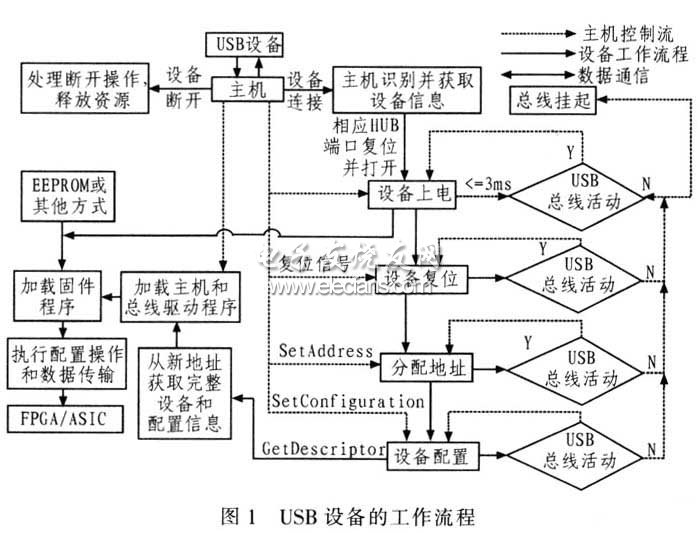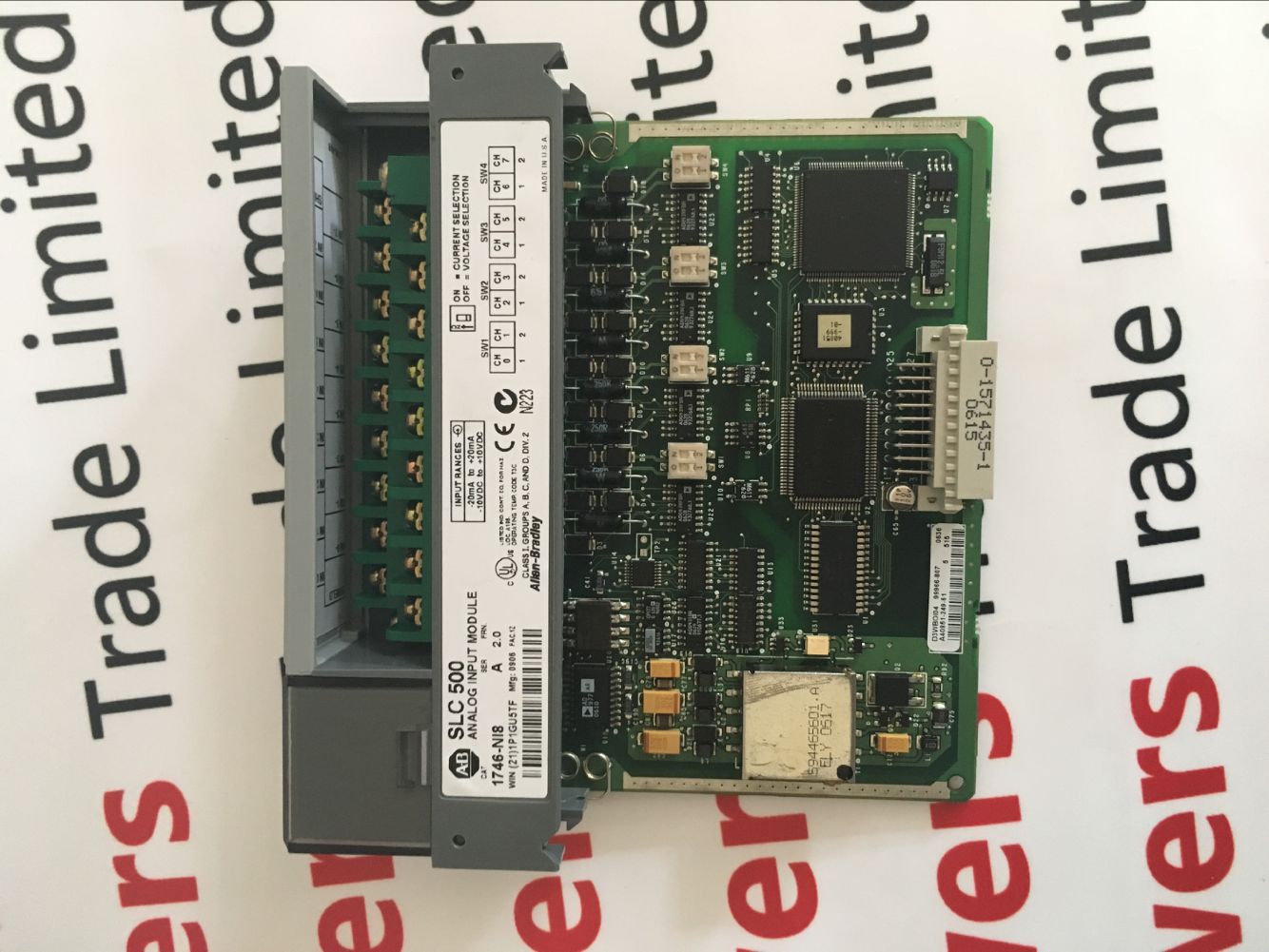1 Introduction Automatic test system ATS (AutomaTIc Test System) integrates all the excitation and measurement equipment required for testing. The computer efficiently completes the collection, storage and analysis of various modes of excitation and response signals, and performs automatic state monitoring, performance testing and Troubleshooting. The bus is an important part of the ATS, and is a common path for the computer and test hardware to transfer information inside and outside the peripherals. Its performance parameters directly affect the overall functional realization and performance indicators of the ATS. Universal Serial Bus USB (Universal Serial Bus) is mainly used for PC and peripheral USB devices connected. Its physical connection is a layered daisy-chain structure that supports up to 5 Hub layers and 127 peripherals. The structure is highly independent. Strong anti-interference, high transmission rate, limited occupied resources, flexible use, and hot plugging support, so USB technology has gradually become the development trend of modern ATS data transmission. Here, the high-speed data communication between the computer and the test control device FPGA and buffer FIFO is realized through the PE and GPIF interfaces of the Cypress USB microcontroller CY7C68013A. The ATS test command signal and data download, self-test and feedback data upload functions are implemented to realize the test technology. Intelligence. The emphasis is on the design of USB hardware and firmware code to explain the application of USB technology in the data transmission process of the test system. 2 USB interface communication workflow USB has a flexible 1 two work flow, as shown in Figure 1. In Figure 1, the work flow of a USB device is from device connection → power on → reset → address assignment → configuration operation → execute firmware code, 6 working states, these states realize the transition between states and bus access under the control of USB host . The USB device judges whether to enter or exit the suspended state at any time according to the bus activity, saving the power consumption of the USB system. From the analysis of Figure 1, we can see that USB communication includes USB system application software, devices and bus drivers and USB firmware 3 layers. Application software design consists of 2 parts: dynamic link library and application program. The dynamic link library is responsible for communicating with the kernel-mode USB function driver and receiving various operation requests of the application program for the USB device I / O. The application program calls the Win32 APl function DeviceToCon-trol to issue commands to the device; the USB device driver is driven through the bus The program issues an input and output request (IRP) to send and receive USB device information; the bus driver is responsible for bus detection, power management, and USB transaction processing; the firmware program implements the initial setting of the FX2 device, device request processing, power management, and peripheral Communication function is the core of the entire communication architecture. In the test system, the physical channel of data is established through the firmware code and the communication protocol is realized. The user can control the function of the USB device through the test software to realize the effective communication of data and complete the test task efficiently and reliably. The Rockwell Controllogix processor provides an optional user Memory Module (750K to 8M bytes) that can solve application problems with a large number of input and output points systems (up to 4000 analog and 128000 digital bits). The processor can control local input and output and remote input and output. The processor can monitor input and output in the system via Ethernet EtherNet / IP, ControlNet ControlNet, DeviceNet DeviceNet, and Remote I/O Universal Remote I / O.
The ControlLogix system is a rack-mounted, modular installation. The Controllogix I/O Modules are modularly mounted. The power module is mounted directly to the left side of the ControlLogix chassis. The Controllogix chassis is available in five types of 4, 7, 10, 13 or 17 slots. The module can be inserted in any slot of the rack. The maximum number of channels for Controllogix I/O modules is 32 channels. The mechanical lock of the removable terminal block of each module prevents the application of erroneous voltages to the module. Input and output modules can be hot plugged.
Rockwell Allen-Bradley: SLC500/1747/1746 MicroLogix/1761/1763/1762/1766/1764
Rockwell Allen-Bradley Rockwell Allen-Bradley,Processor Controll,Rockwell Automation Allen-Bradley,Allen-Bradley Equipments Xiamen The Anaswers Trade Co,.LTD , https://www.answersplc.com
When there are multiple processor modules in the Controllogix chassis, and even if there are multiple processor modules in the ControlNet network of the control network, all processors can read input values from all input modules. Any one processor can also control any specific output module. The system configuration specifies which processor is controlled by each output module.
CompactLogix/1769/1768
Logix5000/1756/1789/1794/1760/1788,PLC-5/1771/1785 and so on.

June 18, 2020